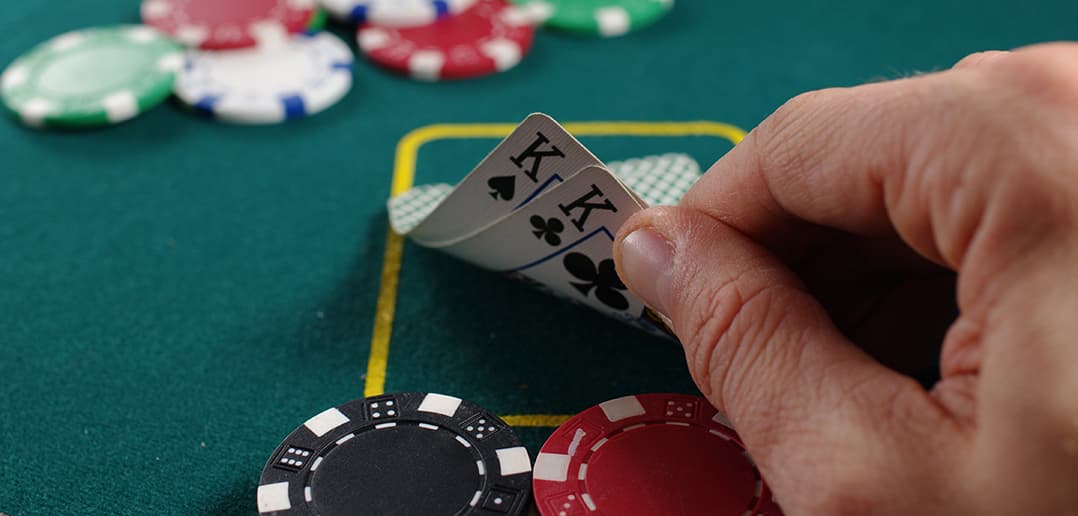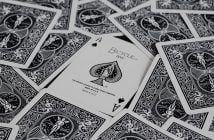2023 is rapidly drawing to a close; another year is almost in the bag. Hopefully, you have enjoyed a fruitful 12 months at the PartyPoker online and live tables and are heading into 2024 with much enthusiasm. For many poker players, the start of a new calendar is the perfect time to set goals for the upcoming year. While it is an excellent idea to set some poker-related goals, it is crucial to ensure you avoid these mistakes.
Be SMART
We must touch on the concept of SMART goals before discussing the common mistakes poker players make when setting goals. SMART is an acronym for Specific, Measurable, Achievable, Relevant, and Time-bound. Those five things are what your goals should be. Understandably, the most common poker goal errors are often not SMART.
For example, you may list a long-term goal as “become a professional poker player,” which is common among your fellow grinders. However, it’s a very basic goal with no framework. Instead, using SMART, your goal should read more like, “I want to have a $30 per hour win rate playing cash games online seven hours per day within the next two years.”
You get the idea; now, let us jump into the most common mistakes made when setting poker goals.
Setting Only Monetary Goals
Poker players like setting monetary goals because they are easy to measure and, let’s face it, we all like money. Player A may set themselves a target of making a $20,000 profit in 2024, which seems reasonable, but for many players, setting a goal based on money is a bad idea.
The problem with money-related goals is you have little control over how much money you will win. Sure, a winning player will profit over an infinite sample size, but Lady Luck significantly affects how much money you win or lose. You could be the next Phil Ivey but still endure a losing year at the tables if you find yourself on the wrong side of variance.
Furthermore, setting monetary goals can lead to you playing sub-optimally. For example, you may find yourself chasing a loss to break even for the day. Conversely, you may leave a great game early to lock in a win. Neither of those things is ideal.
Setting a financial goal or envisioning winning titles can be a good idea, but these goals should not be your sole focus; you need to combine them with other objectives.
Setting Only Volume-Based Goals
Following on from setting money-related goals, we touch upon volume-based goals. Playing more poker is one way to help negate the dreaded variance, but it can negatively affect your decision-making at the tables.
Setting a goal, such as playing 500 multi-table tournaments or 15,000 cash game hands in a month, looks good on paper because you will be logging significant volume. However, such goals can lead to you playing more tables than you are comfortable with or playing longer sessions than usual. We all reach a point where our concentration levels wane, and we no longer play our best poker. Playing beyond that limit is a recipe for disaster, and volume-based goals can make that happen.
Setting Goals With No Clear Plan
Let’s jump back to the start of the article where the player wanted to have a $30 per hour win rate from cash games within the next two years. It seems like a decent target to aim for on paper, but it lacks detail. The player in question may play $0.02/$0.05 No-Limit Hold ’em cash games, so making $30 per hour would be incredibly hard, if not impossible. Their goal does not have a plan attached to bring it to fruition.
They should have a roadmap of their journey to $30 per hour, such as how often they will play, when they will move up stakes or drop down if needed, and other nuisances. Fail to prepare, prepare to fail, as the adage goes.
Only Setting Long-Term Goals
Many poker players will set a goal this coming year that ends on December 31, 2024. A year is a long time to fulfil your ambition, but what if you fall short? Have you failed? Were the last 365 days a waste of time? Of course they were not.
Poker players often do not break their long-term goals into smaller targets. They remain blinkered and focused on the ultimate end goal. However, if they break that goal down into smaller targets throughout the year, they would enjoy a few successes, motivating them to continue the grind or giving them a much-needed confidence boost.
Setting Unachievable Goals
Although you are encouraged to set ambitious goals, it is important to ensure your targets are achievable; otherwise, you are setting yourself up for failure. Setting yourself a target of playing 1,000,000 cash game hands is unrealistic if you usually play two tables at once for a couple of hours a day throughout the week. If you average 100 hands per hour per table, you would need to play 5,000 hours of poker to hit 1,000,000 hands. Five thousand hours is over 208 full days of 24 hours; playing so much would be almost impossible.
Not Setting Development Goals
Setting goals based only on playing poker and not developing your skills is a common mistake. Poker continually evolves, and you must stay up-to-date with the latest trends to increase your chances of winning. Putting in time away from the tables is the best way to do this.
Instead of becoming fixated on money or volume-based goals, consider setting goals related to developing your skills. For example, make it your mission to learn more about opening raises at specific stack sizes, review every hand you three-bet in a session, or ensure you take notes on at least ten players each session you play.
Conclusion
Every poker player is different, which is one of the reasons online poker is such an incredible game. Setting goals is essential for poker players but selecting the correct goals is more important. Do not focus purely on monetary or volumetric goals; incorporate them with other areas of your game. Don’t just set a single target to aim for, but break it up into smaller, achievable goals so you can celebrate wins throughout the year. Good luck at the tables.





